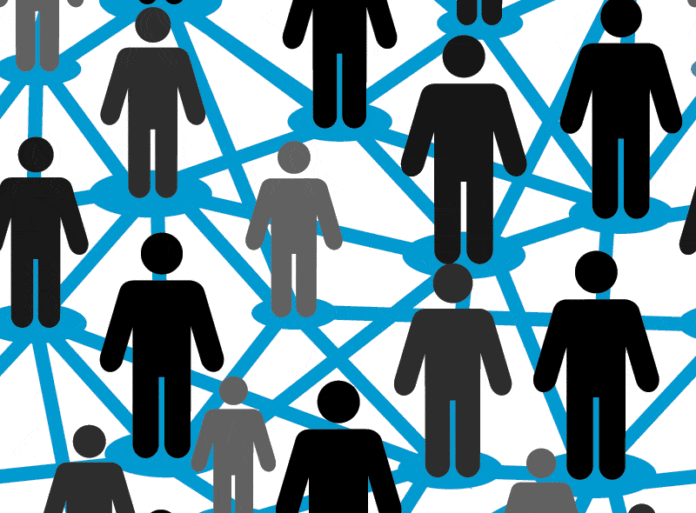This is the second part of a two part article. You can read part 1 of this article here.
So if the end devices aren’t capable of protocol intelligence, it must reside somewhere. And the major elements of that

somewhere are the Level II Propagator nodes. These are technologically a bit more like the networking equipment with which we are all familiar, but they operate in a different way. Propagators listen for data “chirping” from any device. Based on a simple set of rules regarding the “arrow” of transmission (toward devices or away from devices), propagator nodes decide how to broadcast these chirps to other propagator nodes or to the higher-level Integrator device I’ll discuss in a moment.
In order to scale to the immense size of the Internet of Things, these propagator nodes must be capable of a great deal of discovery and self-organization. They will recognize other propagator nodes within range, set up simple routing tables of adjacencies, and discover likely paths to the appropriate integrators. I’ve solved this sort of problem before with wireless mesh networking and although the topology algorithms are complex, the amount of data exchange needed is small.
One of the important capabilities of propagator nodes will be their ability to prune and optimize broadcasts. Chirps passing from-and-to end devices may be combined with other traffic and forwarded in the general direction of their transmission “arrow”. In my view of the IoT, propagators are the closest thing to the traditional idea of peer-to-peer networking, but they are providing this networking on behalf of devices and integrators at levels “above” and “below” themselves. Any of the standard networking protocols may be used, and propagator nodes will perform important translation functions between different networks (power line or Bluetooth to ZigBee or WiFi, for example).












